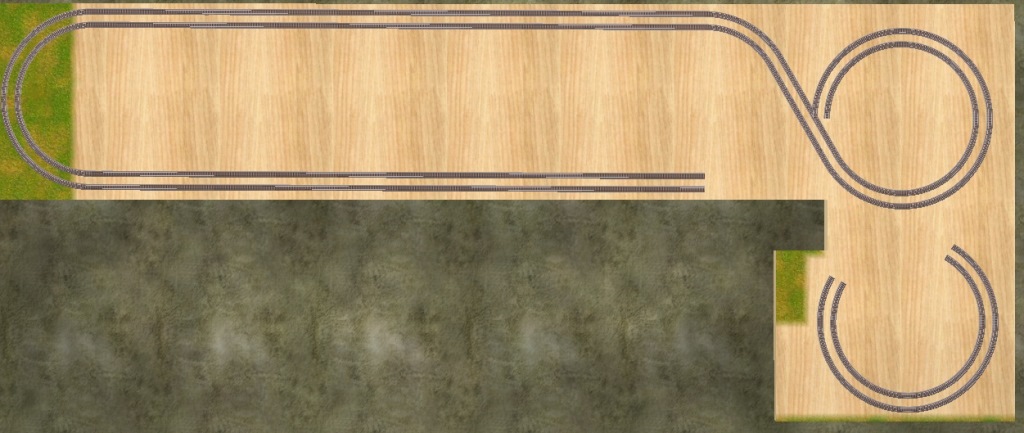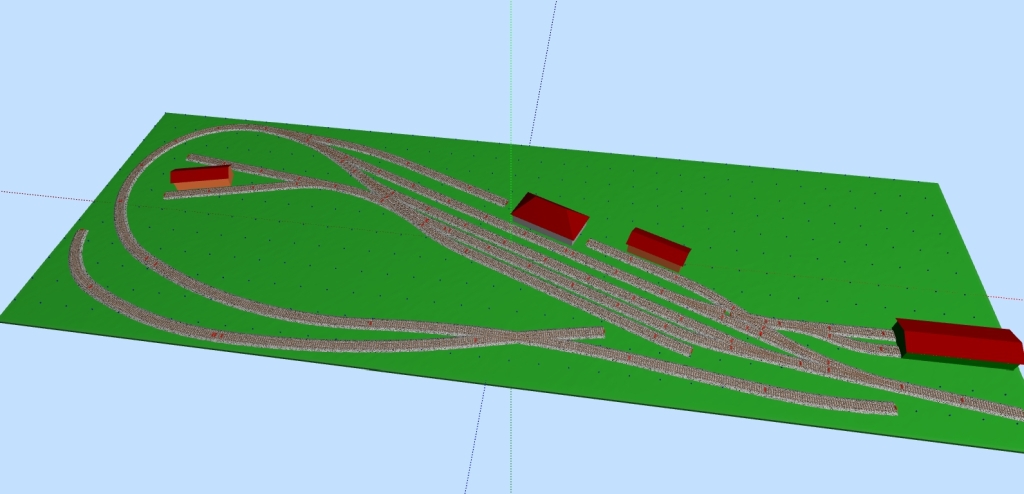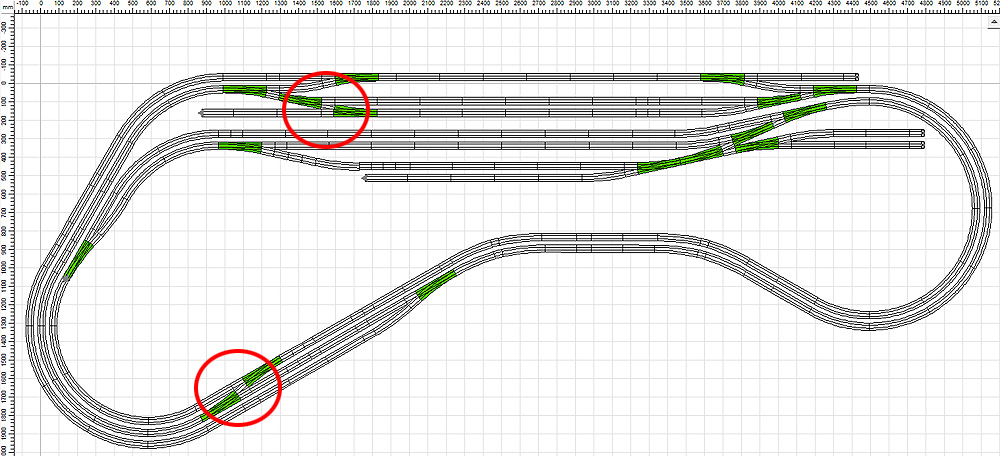


This is all that you need to start laying of the roads in your track plan. To match the color of the figures to the default color of the roads in SCARM, use the following values in the Color dialog box: To match the height of the figures to the height of the roads in SCARM, set the “Vertical position” to the height of the road (ore leave it 0 for flat layouts) and make 2-3 attempts for the “Height” property as the road height is varying depending of the used scale. If you want to make a custom flat road extensions, intersections, sidings, parking places or similar, you can do all these with the figures in SCARM. The color of the markings cannot be changed in this version. The 2D road color affects also the 3D image of the roads. To do that, select the road piece (or several sections) and use the Track Color button in the toolbar.


The default road color can also be changed. To do that, select the road and set the mode by using of “Bridge” and “Tunnel” buttons in the toolbar. You can set the mode of the road to be as a bridge or in tunnel like the other tracks. The roads like all other tracks in SCARM are also modelling the terrain surface of the layout – the landscape is following the slope and shape of the placed parts.
#Scarm to rocrail how to#
If you are not familiar with setting of the track heights in SCARM, take a look on How to set heights and slopes FAQ topic in the documentation. You can set the heights of the flex road just like the heights of any other simple or flex track in SCARM. If you want to re-shape the flex road piece, select it, right click over one of its ends and select “Reshape” from the context menu. If you want, you can split the flex road piece into two parts – just select the road, right click over the place where you want to split and select “Split” from the context menu. If you need a longer route, just attach the next road to the already finished one. If you need a shorter road, you can cut it while shaping, by pressing of the right mouse button. Note that you can change the marking only for single selected road piece. The surface marking can be changed at any time, by selecting the desired part and using “Edit” > “Road Surface Marking” menu. It can be clear (without any marking, useful for streets), with single dashed center line, with solid center line or with double solid center line. By default, when the basic road is placed, the program will display the “Road surface marking” dialog, where you can select what markings do you want for the current road section. It is called just “Road” and can be up to 1m (39.4″) in length, but the width is scaled according to the currently used track system. If you are not familiar with flex-tracks in SCARM, take a look on How to work with flex-tracks FAQ topic in the documentation. The basic road section is a two-way flexible path, which can be placed as straight or can be shaped in any curved form as other flex-tracks in SCARM. There are currently 12 parts in the library – 10 road sections (including crossings and adapters), one transition piece and road end part. The roads have start/end arrows, allowing the easy attachment and setting of the heights at both ends and may also have various (optional) surface markings. The handling of the road parts is the same like the track sections. The road parts are located in a dedicated library, which can be selected form the “Objects” sub-menu of the tracks libraries list. The roads in SCARM are intended for easy drawing of different road types and sections with options for setting grades and various surface markings.


 0 kommentar(er)
0 kommentar(er)
